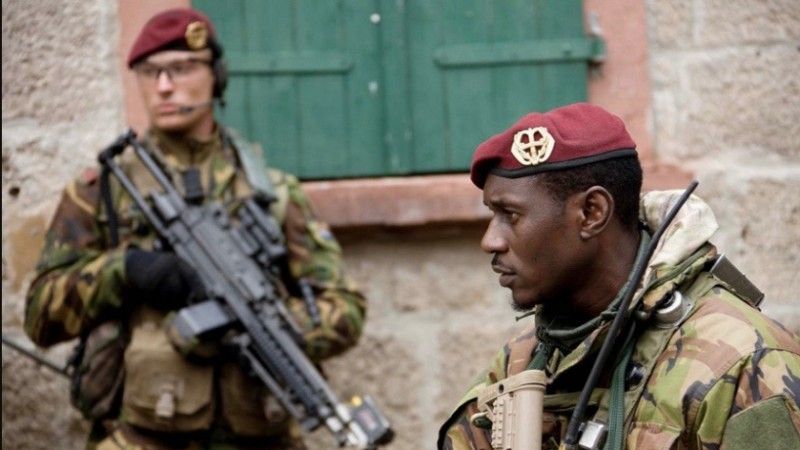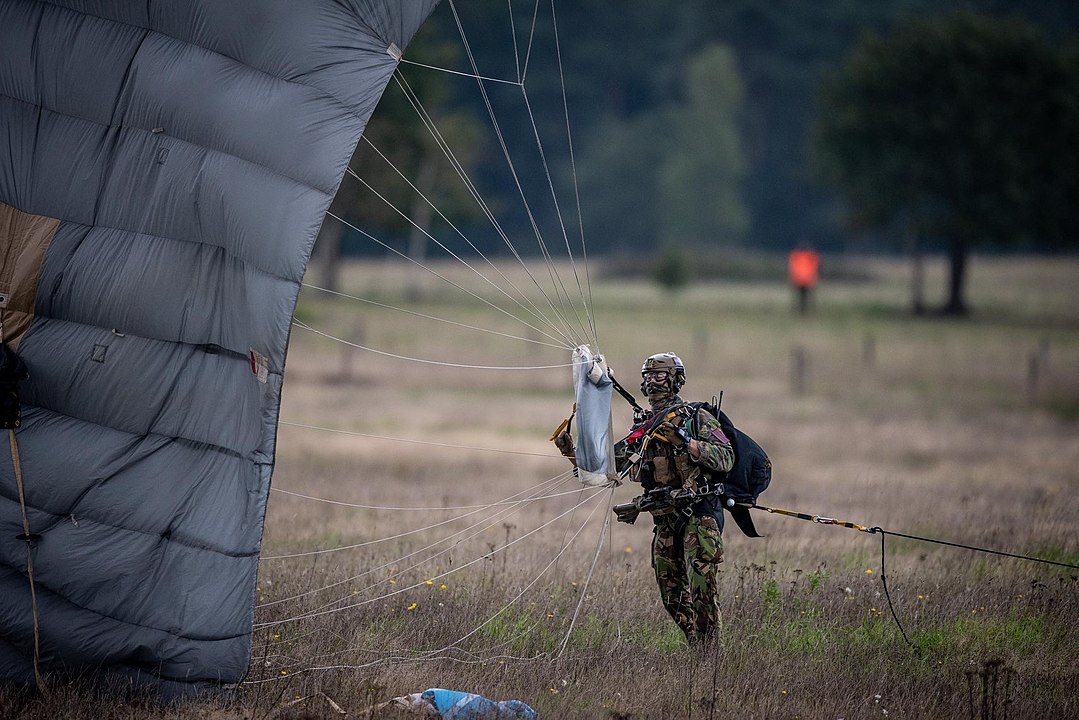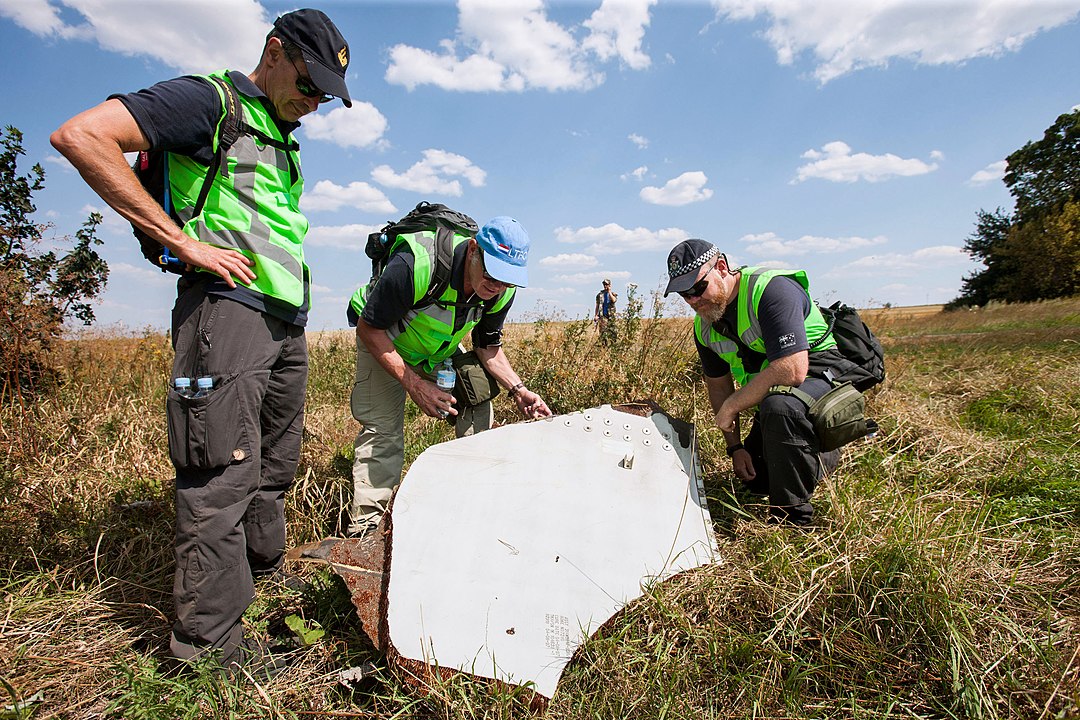Strona główna
Were the Dutch Troops to be Sent to Donbas?

The quick reaction component of the Netherlands’ military was ready to secure the MH17 crash site at the time. However, the Dutch authorities resigned from carrying out a risky operation in the area controlled by the pro-Russian separatists.
“De Telegraaf” has published an article by Olof Van Joolen, according to which the Royal Netherlands Military was ready to secure the Malaysian Boeing 777 (MH17) crash site by force.
Let us recall - this airliner was shot down with a Buk system missile on 17th July 2014. The missile was of Russian origin as the investigation has shown later on. The Buk SAM system was located within the area occupied by the Russian separatists at the time of the event.
Most of the victims were Dutch. Thus, the authorities in Hague were considering different options when it comes to securing the crash site. This was also motivated by the fact that numerous reports emerged showing acts of stealing, around the wreckage. During the first days after the tragedy, the M. Rutte’s (Dutch PM) government was facing a lot of criticism.
However, “De Telegraaf’s” article shows that the Dutch military was ready to implement a plan assuming that Dutch military units would be deployed to secure the crash site controlled by the pro-Russian separatists at the time. 20th July 2014 was to bear a key meaning when a meeting was organized at the top of the Command Chain of the Dutch Armed Forces. General Tom Middendorp, Chief of Staff at the time, reportedly asked for an analysis of potential action, assuming that even the most radical military means could be employed by the Dutch. General Mart de Kruif began consulting the matter with the 11th Air Mobile Brigade (Luchtmobiele Brigade) and its command staff at Schaarsbergen.
11 Luchtmobiele Brigade is a part of the Netherlands’ quick reaction force that can deploy to any location in 7-20 days. The element includes 11th, 12th and 13th Infantry Battalion.
General Mart de Kruif wanted the soldiers to enter the disaster area armed, securing 35 square kilometers around the crash site. Most probably they would use locally sourced vehicles, to make the deployment more rapid.
The soldiers were to secure the MH17 remains collection operation and to guarantee access to key evidence for the investigators. The Dutch were to closely collaborate on that matter with other nations whose citizens died in the crash - the Australians for instance. They were also considering sending their soldiers, to support the Dutch operation. However, no specific details emerged in this case.

Throughout the planning process, numerous doubts emerged - referring both to transport options available on-site, as well as to potential behavior that could be expected in case of the separatists or even the Russians themselves, should the Dutch forces deploy in the region. The commanding officers assumed that the training that the 11th Airmobile Brigade receives as a unit ready to improvise far from home, would allow the soldiers to handle most of the potential problems. It was on 20th July 2014 when the actual mobilization effort began. Some of the troops that were on a leave at the time reported their willingness to get back home immediately and to participate in the planned operation.

The mobilization was to be finalized by 23rd July - the Dutch MoD reportedly made a decision on the immediate return of the soldiers staying in Portugal, being involved in an exercise. Assets were also secured to send the forces to Ukraine. 11th Battalion commanded by Cas Schreurs with numerous veterans serving (foreign deployment experience) was to play the key meaning in the planned operation. Ultimately, however, the authorities canceled the concept of deploying armed force to secure the MH17 crash site.
